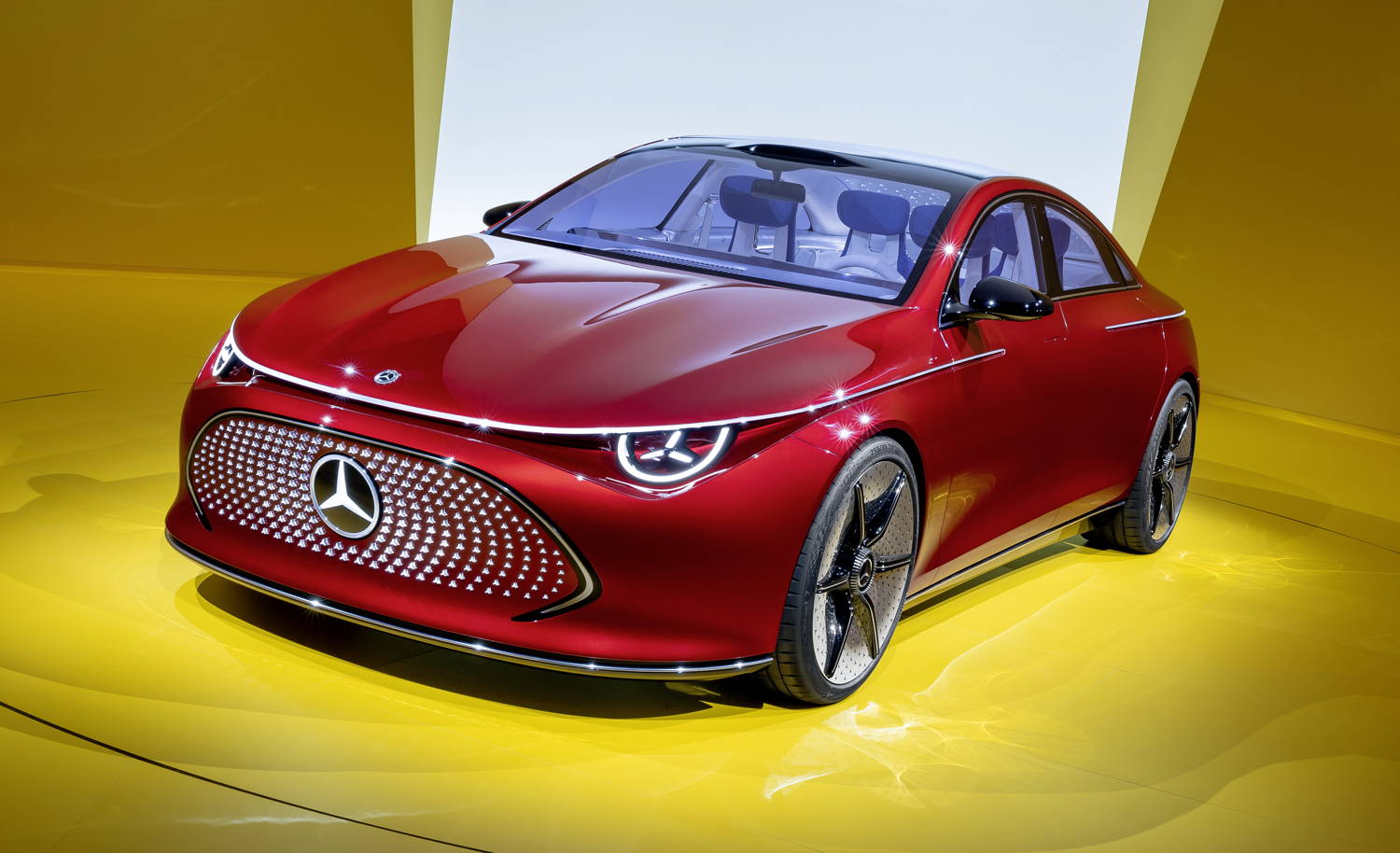CEO Ola Källenius weighs in on electrification, the challenge from Chinese brands, and autonomous driving.
The recent reveal of the Mercedes-Benz Concept CLA, a new model with eyebrow-raising efficiency stats that is clearly intended to take on the Tesla Model 3, marked the start of the next chapter in the firm’s ambitious electrification plans.
It’s the latest step in the German maker’s evolution from the company that invented the combustion engine to a zero-emission manufacturer. We caught up with Mercedes-Benz Cars boss Ola Källenius recently to hear his view on the brand’s heritage, Chinese rivals, electrification and autonomous driving.
How committed is Mercedes to electrification?
“The destination we’re travelling towards is zero-emission mobility, and we have absolute strategic clarity at Mercedes where we’re going with our decarbonisation strategy, Ambition 2039. Ten years before the [2050 objectives of the] Paris climate agreement, we want to decarbonise the whole value chain – suppliers, operations, the product and the product in use. We are investing double-digit billions of euros into new generations of EVs and new technology.
“That journey is a marathon, and not a sprint. It feels like running sprints [one after another] but the distance is a marathon. You cannot always expect a linear development in every market at every point in time. So into the next decade, we need tactical flexibility with regard to electrified high-tech ICE vehicles that we also offer. We’re in the very good position that our assembly plants are flexible between the two. But make no mistake: strategic clarity, technical flexibility.”
Are you worried about new Chinese EV rivals?
“In a transformation as big as this one, which is a technological and industrial transformation of Herculean size, it’s natural that new entrants will enter the market. That’s to be expected wherever they come from: the West, the East, Europe. Over the last decades, we have seen lots of arrivals into the European and US markets – the Japanese in the 1980s and ’90s, then the Koreans – so it’s natural that the Chinese want to go abroad.”
So how will you beat Chinese competitors and other rivals in Europe?
“If you look at the sum of the parts of the Concept CLA, it’s hard to find any car that can beat that. The quest since Gottlieb Daimler and Karl Benz to break new ground and push the boundaries of technology is very much in our DNA today as it was more than 130 years ago. At the same time, I always like to think about Mercedes as the perfect blend of what’s going on on the high-tech side and all the other values.
“No company has a longer, deeper safety pedigree than Mercedes. You can go to an insurance company or safety rating agency and pick up some stars. We always say one star is enough: the Mercedes star. We do a whole range of tests nobody else does. We crash our vehicles, we crash competitor vehicles and we have a feeling for what works and what doesn’t.
“Then there’s the way the car rides and drives. And where some people see an air vent, we see a piece of jewellery. The designers spend hours to get it aesthetically just right: it works, it directs air, but it’s just perfect. All of those things that make a Mercedes-Benz a Mercedes-Benz come on top. It’s not just about what’s happening on the EV drivetrain or the infotainment.”
What is your view on e-fuels for mass market usage?
“I see battery-electric vehicles as the ones scaling up on the new passenger car side. As for carbon-reduced fuels, all the way to zero-carbon fuels, aviation will need them, along with areas such as shipping. On the path to 100% zero-emission vehicles being sold, there is still going to be a car parc of 1.5 billion to two billion [existing ICE] vehicles. If you want to lower the burden of those vehicles, carbon-reduced fuels make sense. But windmill to wheel, the efficiency of an EV is 70% greater than e-fuel.
“Plus, I have not yet seen an industrial-scale effort to take CO2 out of the atmosphere, which you need to make it truly circular. To make those fuels really circular, you need to take millions and millions of tonnes of CO2 out of the atmosphere. It’s not an easy task. It’s not an inexpensive task. I think it’s way into the 2030s before that is industrialised. Whereas BEV is happening now.”
How important is autonomous driving to Mercedes?
“We have super-sophisticated level-two-plus systems that are getting better and better, but with the clear distinction that it is the driver that is responsible. I see exciting developments there.
“Now, Mercedes is the first manufacturer to take baby steps into autonomous driving where it’s actually the computer driving – it’s responsible and it takes liability. That’s a big jump. We introduced Highway Drive Pilot in Germany and now the US in the S-Class and EQS, and we’re looking at increasing it. It only works at lower speeds, but in traffic you can turn it on and read your WhatsApp messages or whatever you want to do.
“That is like when you land on the moon and put a flag there. Once you’re there, you start thinking: ‘Should we build a moon station?’ That’s what is going on now, looking at how we can increase the envelope in more driving situations.”





